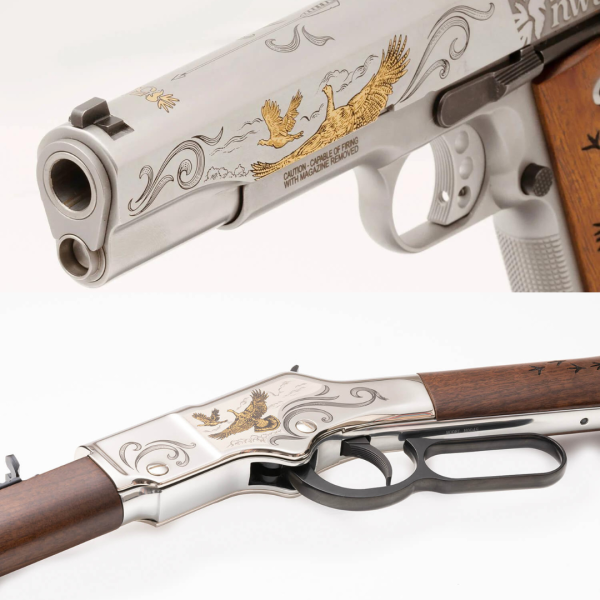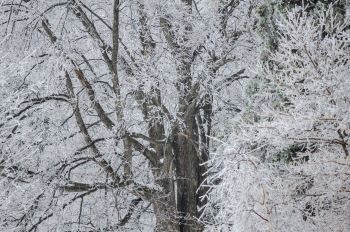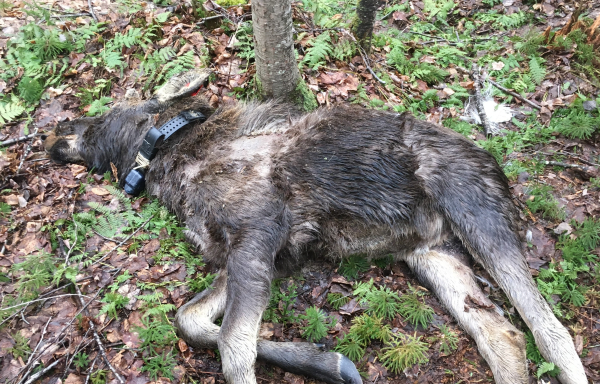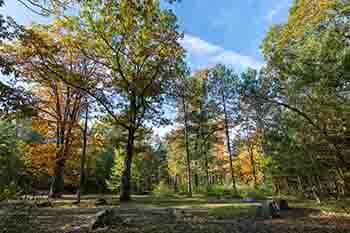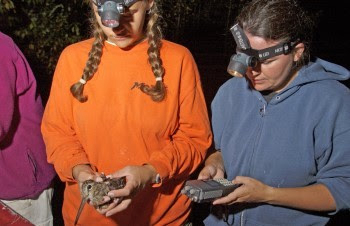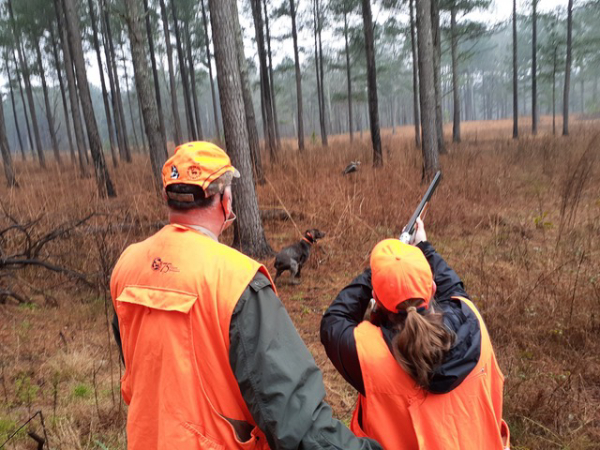Introducing All-New 2023 QuietKat Models

EAGLE, Colo. — QuietKat Electric Bikes, the leader in off-road eBikes and a Vista Outdoor Inc. (NYSE: VSTO) brand, is proud to announce all-new 2023 models that are built to be the most capable all-terrain electric bikes on the planet. If you love the outdoors as much as we do, you will appreciate our highly capable ebikes for their all-season power, ability to tackle rugged terrain, while hauling your gear silently and scent free and your trophy out efficiently. QuietKat is the original all-terrain, electric hunting bike with over ten years of experience focused on superior craftsmanship and quality to take you places other vehicles cannot access, because we feel where the road ends, the hunt begins. And with the most recent price reduction across the entire line, the new 2023 models are even easier to obtain.
The new collection is made up of four key models, starting at the pinnacle with the APEX PRO. We took our top-of-the-line APEX and gave it all the upgrades to elevate it to the pro level. Upgraded the front suspension fork to provide superior control, comfort, and performance. We then added a 16ah integrated battery for more power and an estimated range up to 48 miles with pedaling assistance and 24 miles throttle unassisted, plus the same burly 4 piston hydraulic brakes for superior control and stopping power. The mid-drive 1000-Watt motor and 9-speed SRAM gearing provides the ultimate power and utility at your fingertips to handle the most rugged and demanding trails. This is our top-of-the-line hunting bike for a reason; it’s superior strength, performance, and capabilities. Read more

